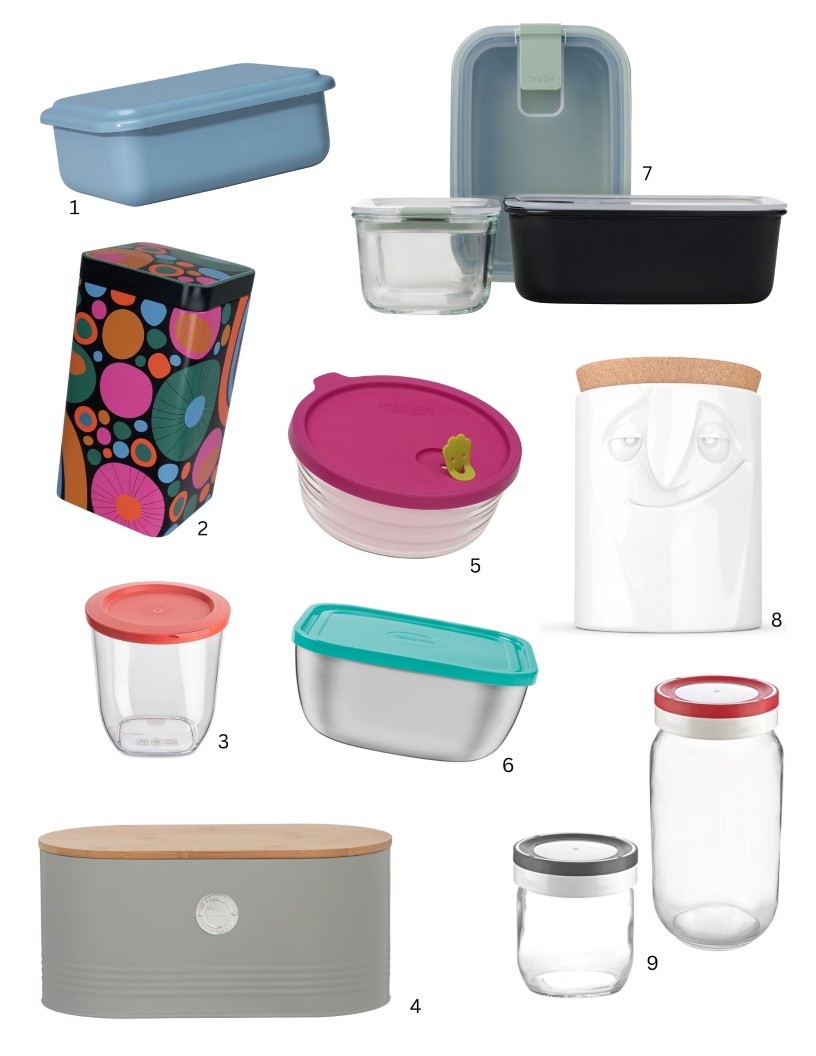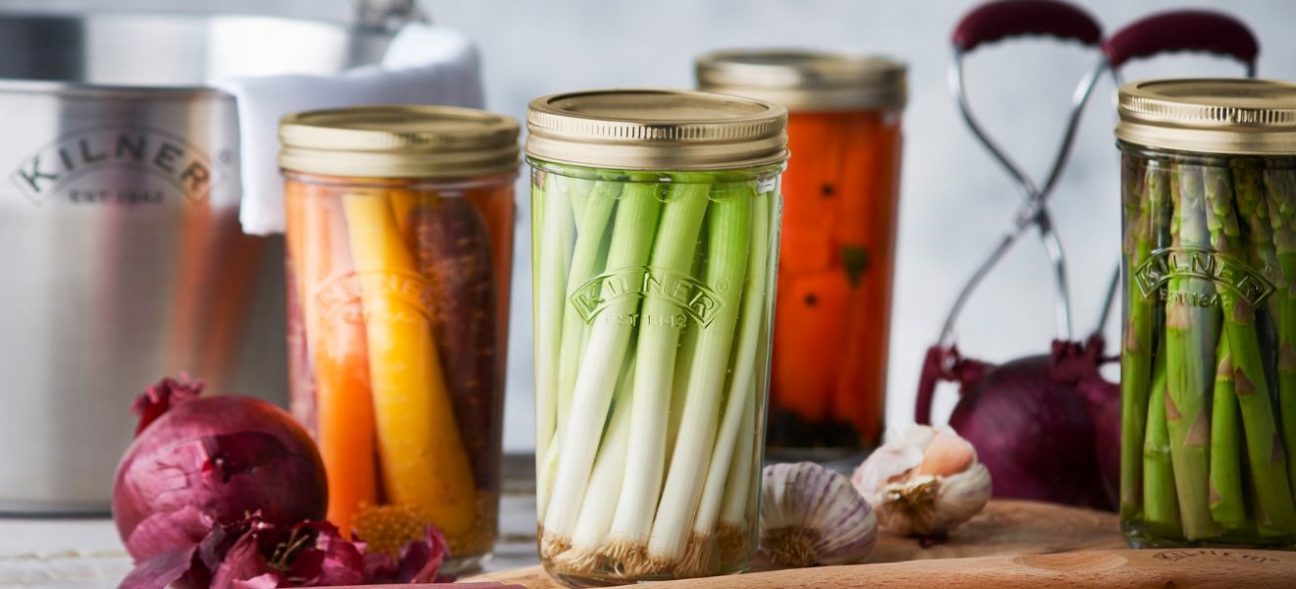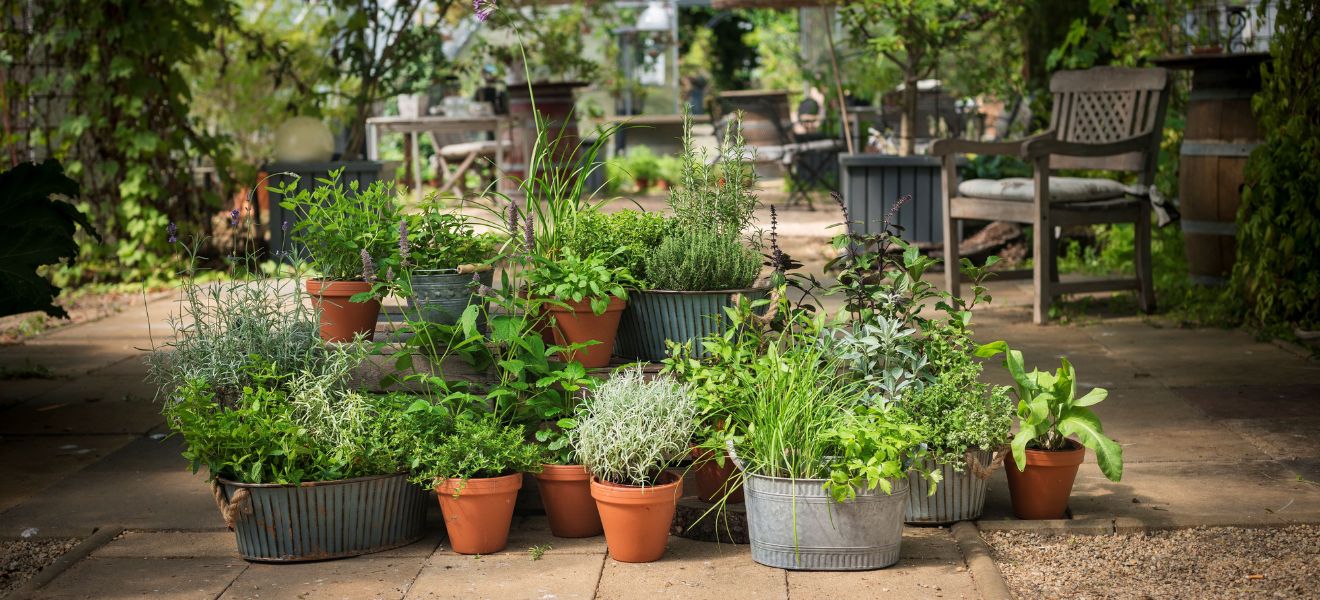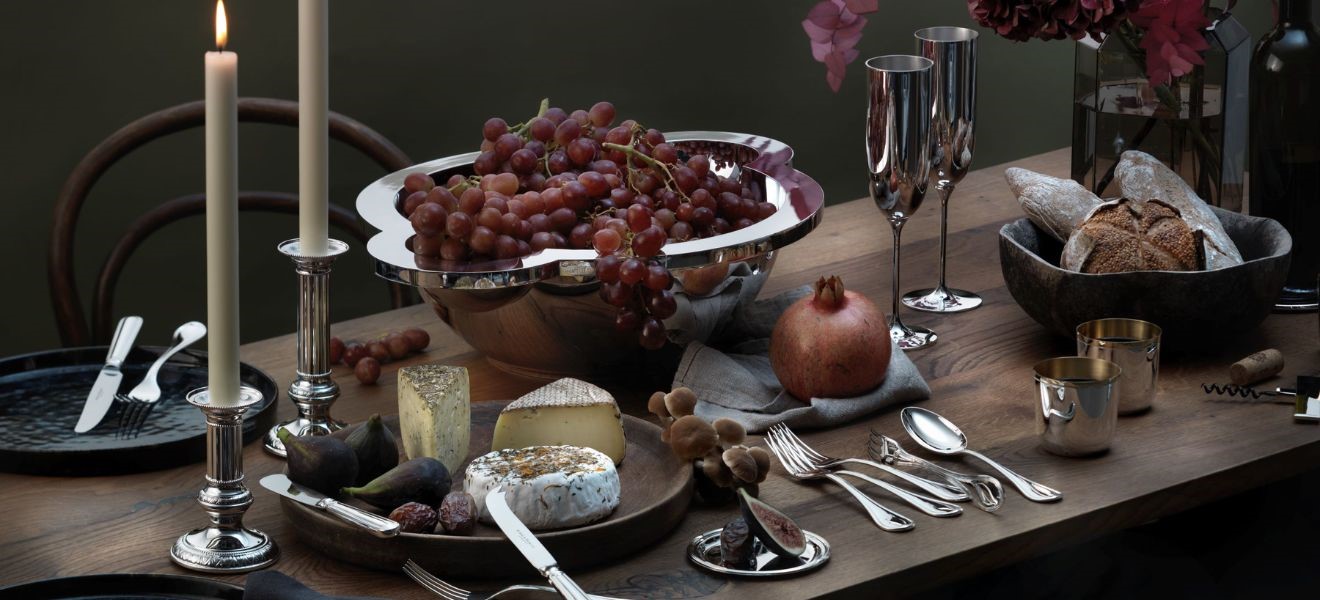Neo-ecology is the formative megatrend of our time. This includes an increased environmental awareness and the striving for sustainability, whereby the mindful handling of food plays an important role. In the fight against food waste, centuries-old kitchen crafts such as fermenting, drying or preserving are having a fulminant comeback. And with the right equipment, saving food is also a very exciting experience.
The central motto for tomorrow’s sustainable consumption is “zero waste”. The idea is not only to reuse or recycle waste, but not to create it at all. The first thought is usually to avoid packaging waste. But food is at least as important. There is enormous potential here, because according to the UN Waste Index, around 17 per cent of all food in households, restaurants and shops is wasted, i.e. thrown away. This not only affects the nutrition of the world’s population: The production of unconsumed food also leads to unnecessary CO2 emissions, loss of biodiversity as well as land and water consumption.

Against this background, numerous initiatives are currently fighting against food waste. In Switzerland, the “Food Ninjas” have formed under the motto “Save Food, Fight Waste”, while in the USA “ReFED” is the leading organisation, to name just two examples. In addition, in many cities like Frankfurt, there are food sharing associations that save edible food from the bin. Professional chefs also use their fame to draw attention to the issue. One of the pioneers of the zero waste movement in gastronomy is the British chef Douglas McMaster, who is pursuing the vision of working completely circularly with his restaurant “Silo London”. To help his guests avoid waste at home, McMaster has founded the “Zero Waste Cooking School” which can be visited on Instagram, TikTok and YouTube. More and more manufacturers, such as Food Huggers and Pebbly, are also focusing on sustainability and keeping waste avoidance in mind during product development.
“Food waste is a global issue that we can all impact from within our own kitchens. At Food Huggers, we believe that the first step to curbing food waste is building efficient food storage habits. That’s why we’re dedicated to designing tools that make it both convenient and fun to get the most freshness and least waste from your groceries.” – Adrienne McNicholas, Co-Founder, Food Huggers
“Pebbly promotes waste-free solutions by inspiring new habits for natural and responsible daily living through our range. We want to be pioneers of responsible consumption that encourages buying only what is beautiful, useful and necessary: no more, no less.” – Petra Lenz, Sales and Marketing, Pebbly
Stock up smartly
Whether in a restaurant or at home, waste prevention starts before you even start shopping. After checking your supplies, only buy the quantities you really need and focus on seasonal and regional products. XXL offers often tempt you with low prices, but they are expensive for the environment and for us if half of them end up in the rubbish. Hearty bread, tasty sausage or aromatic cheese are best bought in pieces, as they have a much longer shelf life than their cut counterparts. The “SKS850” slicer from Graef provides freshly sliced meat at any time. As a special extra, this stylish all-rounder comes with an integrated beech wood knife drawer. The pride of many restaurant owners is the “Volano” flywheel machine from Berkel. The iconic slicer, which can look back on a 125-year history, celebrates pleasure with the perfect cut.


Store perfectly
Optimal storage of food is essential for a long shelf life. Dairy products and meat as well as vegetables belong in the refrigerator, but there are exceptions to be noted. Aubergines and tomatoes, as well as potatoes and pumpkin or exotic fruits, do not feel comfortable at all in the cold. Pasta, flour, tea and co. should be stored in a dry place and in well-sealed containers. There is a huge selection of boxes and tins made of various materials. Clever solutions for cut fruit, cheese or sausage are offered by the US company Food Huggers with its silicone tools. For example, the Avocado Hugger perfectly covers a leftover avocado half (see picture above).

2 Lacquered tin can by Eigenart
3 Organic plastic storage tin by Koziol
4 Steel bread box with bamboo lid by Typhoon
5 Glass jar with silicone lid by Lock & Lock
6 Stainless steel fresh-keeping box with plastic lid by Tramontina
7 Made of glass or plastic: Fresh food tins by Mepal
8 Porcelain box with cork lid by Fiftyeight Products
9 Glass jars by Titiz
Freezing and vacuuming
The easiest way to preserve fresh products is to freeze them. All you need is the right packaging – freezer bags, boxes or tins and, of course, a freezer. Vacuuming food is also very effective. With the help of a vacuum sealer, such as FoodSaver®, the air is sucked out of the bag, which is then sealed airtight with one or more seams. Vegetables, fruit, meat, and fish are then optimally packaged and ready for refrigeration or freezing. The storage time is several times longer than without a vacuum. Pre-cooked food or liquids can be stored particularly appetisingly in special vacuum containers or transported to a picnic. With just a few pulls, the manual vacuum pump sucks the air out of the Status cans. A green valve on the lid indicates when the right vacuum pressure has been reached. Especially practical: With the date display, you can either mark the expiry date of the food or the time of storage.


Fermenting and drying
Due to the ever-growing awareness of healthy nutrition and sustainability, the centuries-old culinary craft of fermenting has become a modern food hype. Quite rightly, because fermenting guarantees a long shelf life, better digestibility, many nutrients and a special taste. Hard vegetables such as cabbage, beans, root vegetables, pumpkin or peppers are suitable for fermentation. Sauerkraut and the Korean national dish kimchi are known worldwide. The production of kimchi – called “kimjang” – is even on the list of the immaterial world cultural heritage. With the fermentation set from Gefu, even the inexperienced can get started right away with do-it-yourself. It includes a fermentation jar with a lid and valve, a weight, a pestle for mashing the vegetables and tongs for working cleanly.


One of the oldest preservation methods is drying. The water is removed from the food at low temperatures so that bacteria and fungi cannot multiply. Fruit, vegetables, mushrooms and herbs, but also meat and fish can be dried. Popular is the Portuguese bacalao – stockfish is a speciality and national dish at the same time. Dried meat such as beef jerky, the well-seasoned meat snack from the USA, is on its way to becoming the new power food. While drying or dehydrating in the air or in the oven is often problematic because of the fluctuating temperatures, it is very convenient with the help of an automatic dehydrator such as the one from Gastroback.
Preserving and pickling
Preserving, canning and pickling is only for grannies? On the opposite: Homemade jams, marmalades, chutneys and juices are very much in vogue. You know exactly which ingredients are in which jar. Very important: All utensils and containers must be clean and sterile before filling. Dr. Oetker or Kilner (see cover picture), for example, have suitable jars and bottles with lids, clamps, clips or screw caps. The traditional copper pot from de Buyer is a good choice for cooking jam, as copper also has an antimicrobial effect. Pickling food is quick and uncomplicated. Here, the liquid provides seasoning and preserves the contents without having to cook them. Pickling can be done in vinegar stock, brine, oil or alcohol. Fresh herbs and spices add an individual touch.


Using leftovers with creativity
If, despite the best shopping and storage management, a little organic waste cannot be avoided, there are practical compost bins, such as those from Pebbly, in which you can collect organic waste. However, many fruit and vegetable wastes can be turned into smoothies, banana peels become vegan bacon or potato peels into delicious chips. This is called ‘reuse food’. To this context belongs the nose-to-tail and leafe-to-root approach, which has become a motto especially in fine dining. “Indulgence and sustainability can not only go well together, but are increasingly interdependent. After all, you can only really enjoy food without a guilty conscience”, is how expert Hanni Rützler sums it up in her Food Report 2024. The wealth of ideas and inventiveness in the fight against food waste are limitless, which gives us hope for the future. The best thing to do is to start today!

Header image: Kilner









